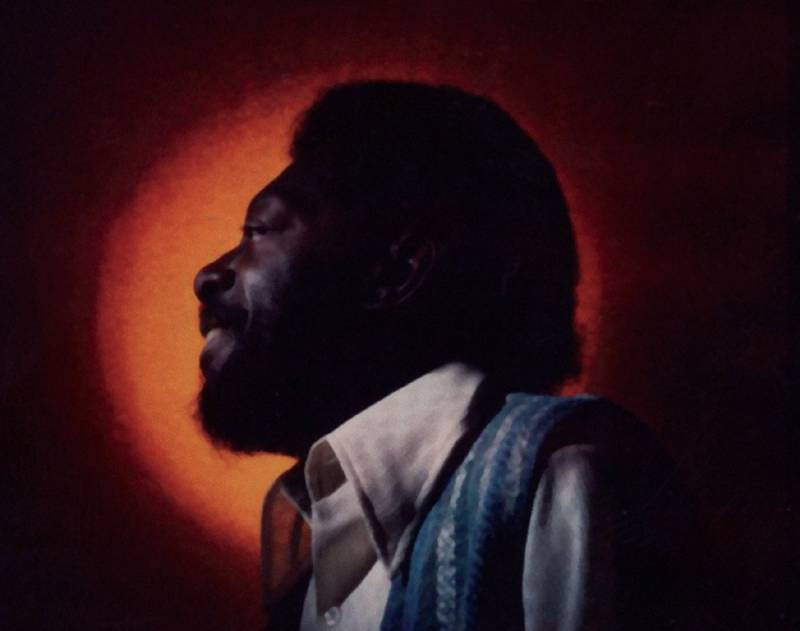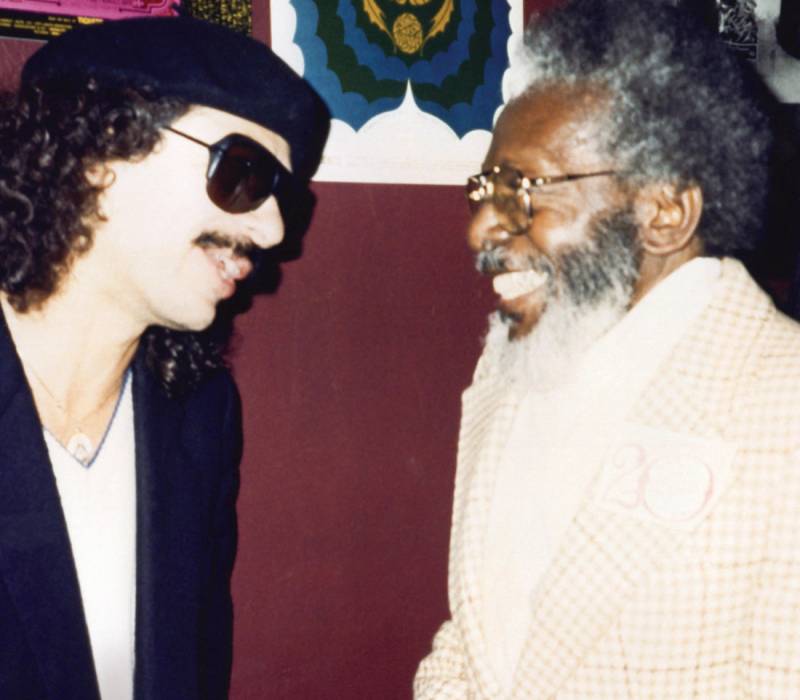When Bola Sete arrived in the United States in 1959, he was a lounge act. An executive with the Sheraton Hotel chain heard the Brazilian guitarist perform in South America and invited Sete to play cocktail hour sets at their hotels in the United States. A savvy move, it turned out, as Sete helped foment the Latin jazz craze that would be in full swing following the success of Stan Getz and Joao Gilberto’s “The Girl from Ipanema” in 1963.
Crucially, it brought Sete to the Bay Area. This was home to the musician for the better part of his life (he passed away in 1987 from lung cancer when he was 63). And it was where Sete’s career truly flourished. His gigs at the Sheraton-Palace Hotel in San Francisco brought him to the attention of trumpeter Dizzy Gillespie, who helped get the guitarist booked for his breakthrough set at the 1962 Monterey Jazz Festival.
Pianist Vince Guaraldi first heard Sete at the hotel as well. The two soon became frequent collaborators, recording a handful of albums together through the ’60s that launched Sete to widespread acclaim. “I remember Vince and Bola playing at the El Matador,” Sete’s widow Anne wrote in a 2010 blog post. “The club would hold 300 to 400 people. The sign on the club marquee would only say ‘VINCE AND BOLA.’ People would be lined up for blocks waiting to get in.”
As Sete’s profile grew, he was able to put together his own touring trio, featuring two fellow Brazilian expats: drummer Paulinho Magalhães and bassist Sebastião Neto. It’s this three-piece that is featured on Samba In Seattle: Live At The Penthouse (1966-1968), a three-CD set out on December 3 from Tompkins Square Records.



